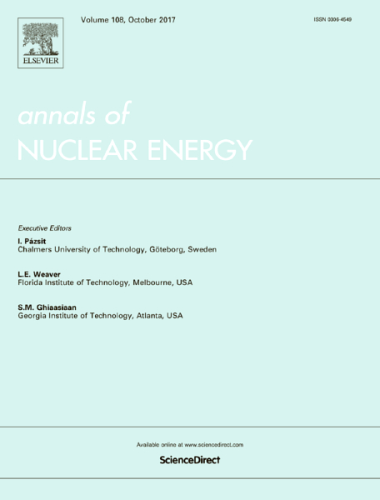
Abstract
Residual heat removal pumps (RHRPs) are the key equipment in nuclear power plants, and their transient performances can sensitively affect the stability and reliability of pump system. A 1D-3D coupling methodology has been developed to investigate the instantaneous flow characteristics of the pump system during start-up period. In this methodology, the flow in the RHRPs was considered to be three-dimensional (3D) flow and the flow in pipe system was simplified to be one-dimensional (1D) flow. Due to the influence of the impeller structure displacement was taken into account, the SST k-ω turbulence model was selected to calculate the 3D flow field in the RHRPs. At the same time, the structure response caused by the flow loads was also obtained by using fluid-structure interaction method. The 1D flow in the pipe system was calculated by Euler equations. The boundary condition at the shared interface was properly updated by the code MpCCI which was used to exchange the information between the two domains. Meanwhile, the head of the RHRP, the stress of impeller structure and the displacement of impeller were also obtained.
The results show that the transient head is distinctly impacted during the start-up period. Additionally, the stress of impeller structure rapidly increases with the increase of the rotating speed, and then the impact effect is found. These imply that instability phenomenon occurring during the start-up process. Furthermore, the total displacement of impeller is increasing and its distribution is asymmetrical along the impeller radial. Finally, the maximum displacement occurs at the impeller hub where which is near the rim between two blades, due to the centrifugal force at the rim is larger than that in other regions and the relative low impeller rigidity.






